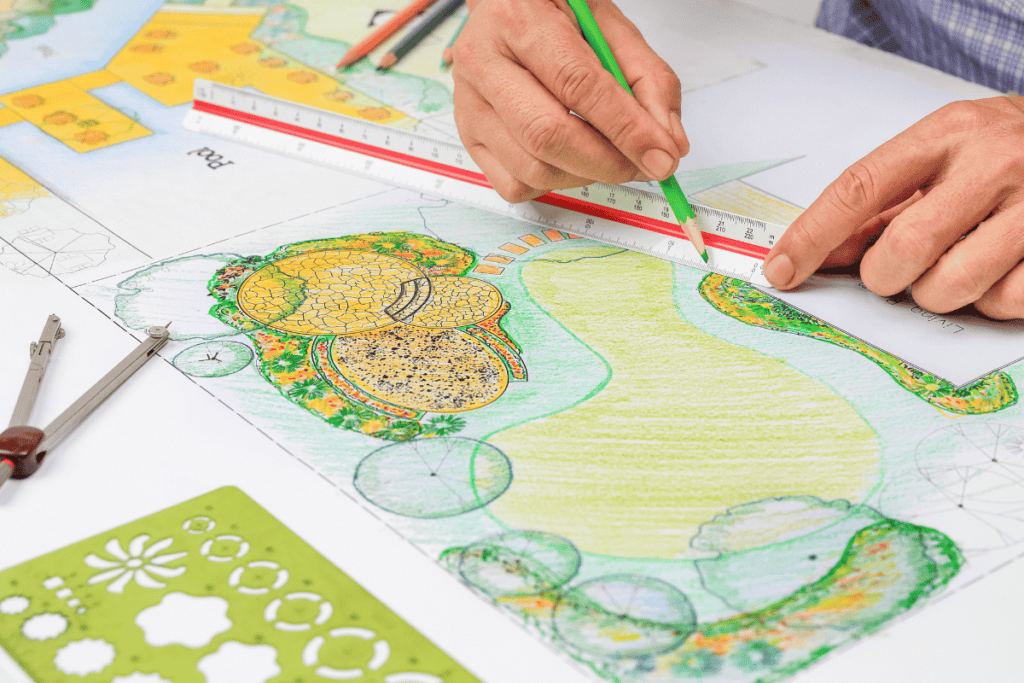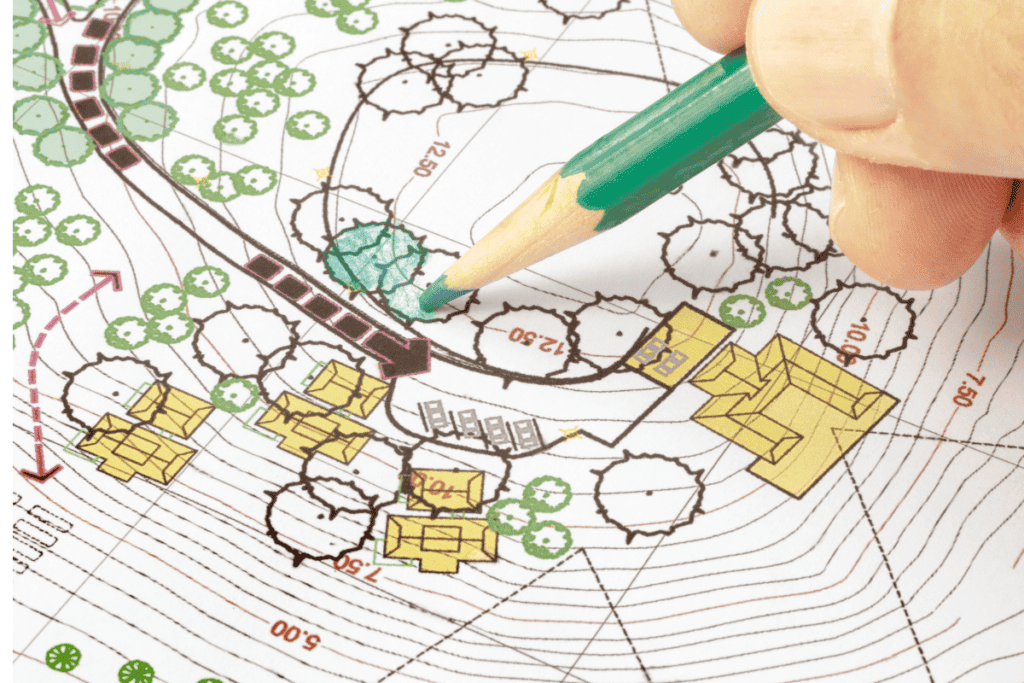Introduction
Starting a garden is an exciting venture, but success hinges on crucial factors like site selection, garden planning, soil preparation, and plant care. Whether you’re a seasoned gardener or a green thumb newbie, this guide will walk you through the steps to create a flourishing garden oasis.
1. Choosing the Perfect Spot
Selecting the right site is paramount for a thriving garden. Consider sunlight exposure, drainage, and accessibility when choosing your garden’s location.
1.1 Sunlight Exposure
Understanding the sunlight needs of your plants is key. Map the sun patterns in your chosen area and categorize it as full sun, partial sun, or shade.
1.2 Drainage Considerations
Proper drainage prevents waterlogged soil, which can be detrimental to plant health. Evaluate the natural slope of the land and choose a well-draining spot.
2. Garden Planning Essentials

Effective garden planning ensures a visually appealing and organized space. This section covers layout considerations, plant grouping, and creating focal points.
2.1 Layout Considerations
Sketch a rough layout of your garden, considering factors like space utilization, walking paths, and proximity of plants.
2.2 Plant Grouping Strategies
Group plants with similar water and sunlight need to simplify care routines. This enhances overall garden aesthetics and efficiency.
2.3 Creating Focal Points
Introduce visual interest by incorporating focal points such as sculptures, birdbaths, or unique plant varieties. This adds character to your garden.
3. Digging Deeper: Soil Preparation

A healthy garden starts with nutrient-rich soil. Understand the soil composition, amend it as needed, and watch your plants thrive.
3.1 Soil Composition Analysis
Conduct a soil test to determine pH levels and nutrient content. This guides you in choosing the right amendments.
3.2 Amending the Soil
Based on the soil analysis, add organic matter, compost, or other soil conditioners. This improves soil structure and fertility.
3.3 Mulching Benefits
Mulching conserves soil moisture, suppresses weeds, and regulates soil temperature. Choose organic mulches for added benefits.
4. Nurturing Your Plants
Understanding plant needs and implementing proper care practices are crucial for a bountiful garden. From watering to pest control, this section covers it all.
4.1 Watering Wisely
Find the right balance between overwatering and underwatering. Consider the specific water needs of each plant.
4.2 Pruning and Deadheading
Regular pruning and deadheading promote healthy growth and enhance the visual appeal of your garden. Learn the basics for different plant types.
4.3 Pest Control Strategies
Identify common pests in your region and implement organic pest control methods. This ensures a thriving garden without harmful chemicals.
Conclusion: Site Selection, Garden Planning, Soil Preparation, Plant Care
Embarking on your gardening journey involves careful planning and continuous care. By selecting the ideal site, planning thoughtfully, preparing the soil, and nurturing your plants, you’ll create a garden that flourishes and brings joy season after season.
Latest Posts
- What Types of Lettuces Can You Grow?

- How to Plant Onion Seeds for Maximum Germination

- How to Plant Parsnip Seeds for Maximum Germination

- How to Plant Mushroom Seeds for Maximum Germination

- How to Plant Lettuce Seeds for Maximum Germination

- How to Plant Kale Seeds: A Step-by-Step Guide to Maximum Germination Success!

Additional Information
https://en.wikipedia.org/wiki/Garden_design
https://en.wikipedia.org/wiki/Gardening
FAQs: Frequently Asked Questions
How do I determine the sunlight exposure in my garden?
Understanding the sun’s path throughout the day helps. Observe the areas that receive full sun, partial sun, or shade at different times.
What is the significance of soil pH in gardening?
Soil pH affects nutrient availability to plants. Most plants prefer slightly acidic to neutral soil, so adjusting pH can enhance their growth.
Can I use any mulch for my garden?
Organic mulches like straw, bark, or compost are preferable. They decompose over time, enriching the soil.
Is pruning necessary for all types of plants?
While not all plants require regular pruning, it benefits many by encouraging new growth and maintaining a neat appearance
How often should I water my garden?
The frequency of watering depends on factors like plant type, weather, and soil. Aim for consistent moisture without waterlogging.





One response to “Site Selection, Garden Planning, Soil Preparation, Plant Care”
Your site loads so quickly that it nearly looks like you’re using a special technique. You are an extremely talented webmaster. You’ve done a great job with this; the contents are outstanding.